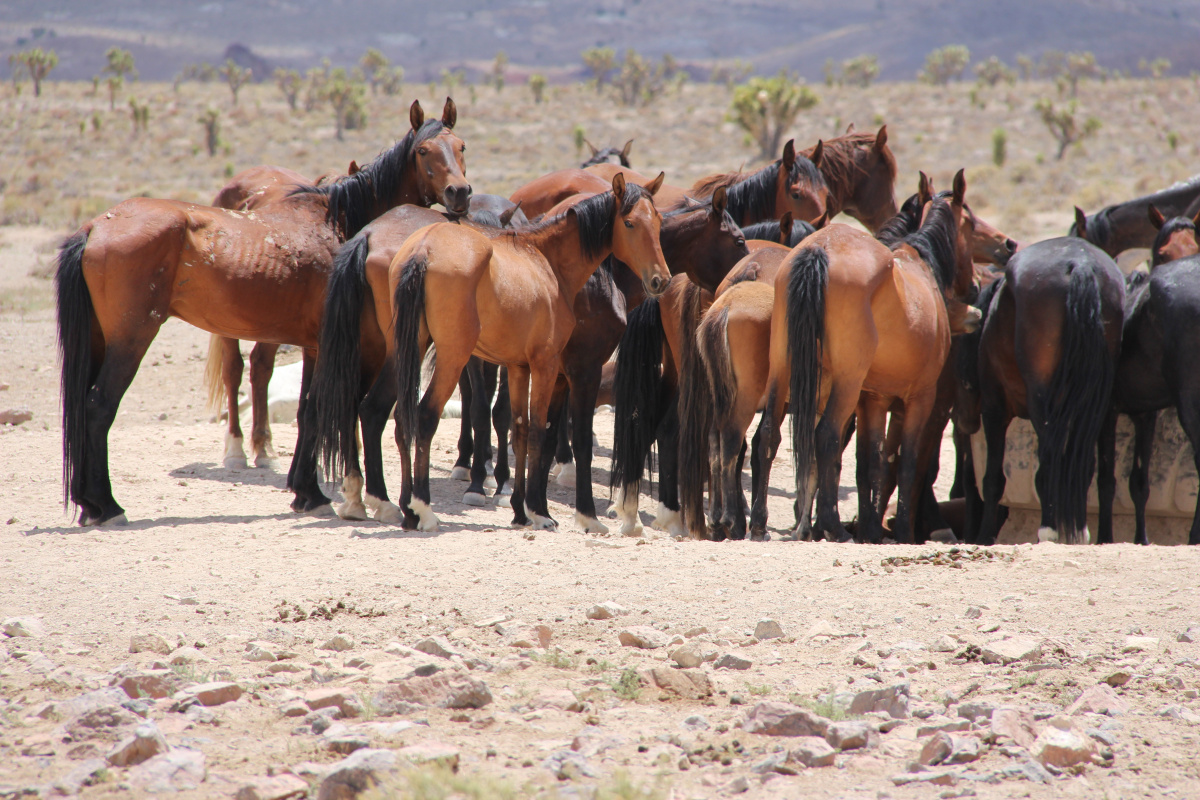The Bureau of Land Management will begin the Nevada Wild Horse Range HMA Emergency Wild Horse gather
Organization:
BLM Office:
Media Contact:
 LAS VEGAS – On or around July 28, 2020, the Bureau of Land Management Southern Nevada District will begin an emergency wild horse gather on the Nevada Wild Horse Range Herd Management Area (HMA) located about 30 miles southeast of Tonopah in Nye County, Nevada. The action is needed due to lack of water and declining health of the wild horses associated with herd overpopulation.
LAS VEGAS – On or around July 28, 2020, the Bureau of Land Management Southern Nevada District will begin an emergency wild horse gather on the Nevada Wild Horse Range Herd Management Area (HMA) located about 30 miles southeast of Tonopah in Nye County, Nevada. The action is needed due to lack of water and declining health of the wild horses associated with herd overpopulation. The BLM manages about 245 million acres of public land located primarily in 12 western states, including Alaska, on behalf of the American people. The BLM also administers 700 million acres of sub-surface mineral estate throughout the nation. Our mission is to sustain the health, diversity, and productivity of America’s public lands for the use and enjoyment of present and future generations.
